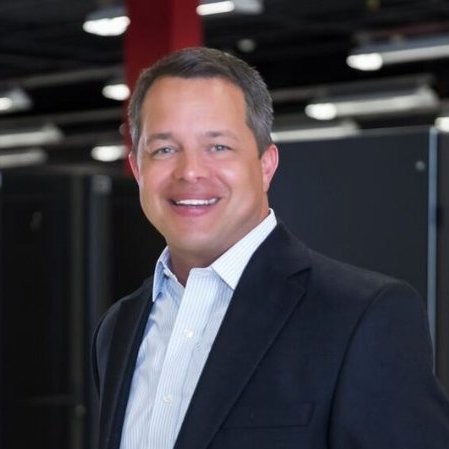The Data Center of Everything
Why is today’s data center called the “data center of everything”? Because data centers provide security, full transparency, management and co-management, which are all critical factors essential to the rapidly changing corporate IT environment. The data center has become the foundation for the IT environment and houses the latest in technology advancements so you don’t have to. With today’s rapidly changing technology needing a place to reside, the reliance on the home of cloud computing, the data center, will only increase.
When looking for the right “data center of everything” to host a cloud platform or physical assets, IT stakeholders should conduct thorough due diligence, taking a myriad of key requirements into consideration, including cloud platform architecture, resource allocation, scalability, power utilization, resiliency and redundancy, cooling efficiency, security, bandwidth availability and technical support. Even when working with a third party, IT managers have to manage their physical gear’s resources.
The IT team will need to know server capacity, its ability to handle workloads, load-balancing options and how they are deployed, as well as their environment’s ability to scale as needed. Ensure that the data center you choose has the right infrastructure, including high-density equipment to handle the latest and greatest technology advancements, cooling efficiency, power redundancy and resiliency to ensure that your data is not lost due to commercial power outages; power availability to ensure that the data center can add gear and be able to power it without hesitation; and having significant bandwidth, which is necessary and should include having multiple circuits from different carriers for redundancy.
The data center of everything must also have multiple layers of physical security as it houses critical customer environments both on their physical gear as well as the vendor’s cloud platform. Customers such as yourself, rely on the data center to provide security safeguards to ensure that their IT environment and data is not compromised. Multi-factor identification and authorization is a minimal requirement for a secure facility. This includes keycard entry, man traps, biometrics and ID checks for visitor access. Enhanced security for the data center floor could be a benefit as well.
Questions that should be asked include:
- Does the facility allow easy access to keys to open cabinets/racks or are the keys kept in a locked environment?
- Who has access to customer cages at the facility?
- How is access to the raised floor and the racks/cage managed?
Typical security features will also include closed-circuit, motion-activated cameras that record to disk for a minimum of 90 days and in-house staffing 24x7x365. These are a few features that one shouldn’t dismiss when it comes to security.
The data center of everything will continue to enhance features as technology around cloud computing grows. It is important that the facility you choose has the ability to scale with your requirements.
